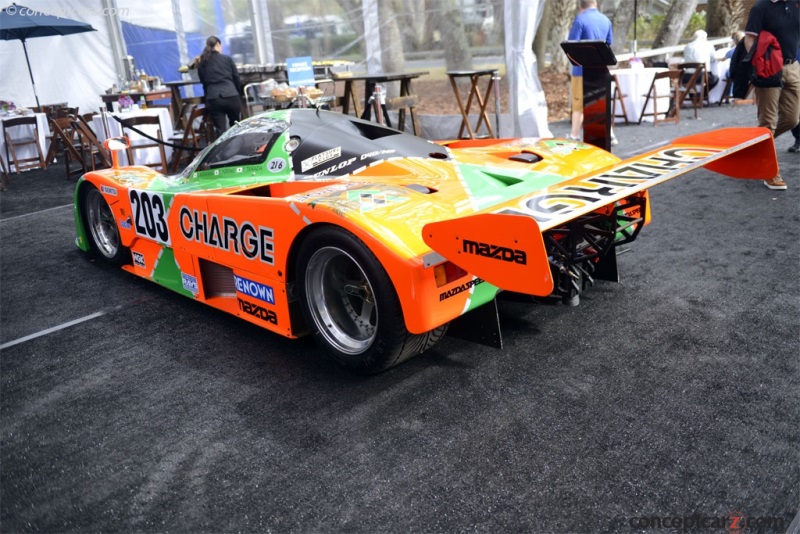Mazda's origin in motorsports dates back to an independent racing team in 1967 under the name 'Mazda Sports Corner' at Mazda Auto Tokyo, Japan's largest Mazda dealer. The Cosmo 110S, powered by the first-ever production rotary engine, showed tremendous potential, and the team ambitiously began work to establish a Mazda presence at major motorsports events worldwide. Mazda saw an opportunity to prove the viability of its rotary engine. These similar goals resulted in the racing team's 1968 international debut, where two Cosmos were entered at the Nordschleife, Nuerburgring, for the 'Marathon de la Route.' At the conclusion of the 84-hour endurance race, the Cosmo had finished in fourth place.
Coupe
Chassis #: 767B-002
View info and historyThe Cosmo, later followed by the more practical R100, was campaigned by Mazda racers across the United States, Japan, and Europe in a variety of motorsport events. Among its accolades, an R100 captured class wins and fifth and sixth place overall at the 24 Hours at the Spa-Francorchamps in Belgium.After the Cosmos and R100s came the RX-2s and RX-3s. In 1978, Mazda introduced the RX-7, which took the Mazda Sports Corner to new levels of competition. Over the next 12 years, the RX-7 would earn an unprecedented 100 wins in the International Motor Sports Association (IMSA) Series. Since 1975 Mazda has scored 23 class wins at the Rolex 24 Hours of Daytona and 13 class wins at the 12 Hours of Sebring. Having enjoyed racing success with production models, the company set its sights on winning the 24 Hours of LeMans, arguably the world's greatest endurance race. Their first attempt was with a model named the 717C, which was designed and built by Mooncraft, with assistance provided by the factory. Powering the 717C was the RX-7's two-rotor rotary engine. At the 1983 edition of LeMans, two 717C cars were entered in the Group C2 class. They finished in 12th and 18th overall.
Coupe
Chassis #: 767B-002
View info and historyThe Mooncraft-designed cars for the 1984 and 1985 seasons, becoming the 727C and 737C before a completely new car was built by Mazdaspeed. It was dubbed the 757, and it wore a design by Nigel Stroud. Power was supplied by a three-rotor engine. It raced in the IMSA-spec GTP class during the 1986 and 1987 seasons. During its racing career, it would bring Mazda third-place manufacturer finishes each year in the All-Japan Sports Prototype Championship.For the 1988 season, Stroud was once again called upon to design a new car, the 767. It was powered by an engine known as the 13J, which was a version of the production-derived Type 13 rotary engine. This was the first four-rotor Wankel rotary engine used by Mazda in competition. The engine had a displacement size of just 2.6 liters, yet the non-aspirated powerplant offered an astonishing 580 horsepower in 1988 specification. It had no fewer than four combustion chambers. To house the engine, Stroud designed a monocoque constructed from aluminum sheets and reinforced by honeycomb core. A modified Porsche five-speed gearbox was mated to the engine. The suspension consisted of double wishbones at all four corners, along with in-board mounted springs and dampers. The body was formed from carbon-fiber and Kevlar composites. 
Coupe
Chassis #: 767B-002
View info and historyAt the Suzuka 500 km in April of 1988, Mazda fielded two 767. At the end of the race, only one example finished, placing seventh overall. This race was followed by the Silverstone World Championship round where a 767 finished ninth overall and first in the GTP class. At LeMans, despite showing tremendous promise, the 767s placed 17th and 19th, partly due to poor fuel economy. At the end of the season, Mazda placed fourth in the 1988 constructors' championship.Mazda updated the 767 in preparation for the 1989 season. Now called the 767B, it featured a new side-exhaust system along with other improvements to aid in reliability. The engine now offered 630 horsepower. In total, three examples of the 767B were built by Mazdaspeed in 1989. Although the 767B did not earn outright victories, it did achieve GTP class wins at LeMans, Dijon, Mexico, Spa, Nürburgring, and Brands Hatch. 
Coupe
Chassis #: 767B-002
View info and historyThe 1990 season saw the introduction of the 787, which had a carbon-fiber monocoque chassis and an all-new four-rotor engine. Two 787 models were raced at LeMans in 1990, along with a single 767B. The 787s failed to finish, while the 767B came in 20th overall and first in the IMSA GTP class. Mazda achieved its ultimate goal in 1991 by winning LeMans with the new 787B.
by Daniel Vaughan | May 2017
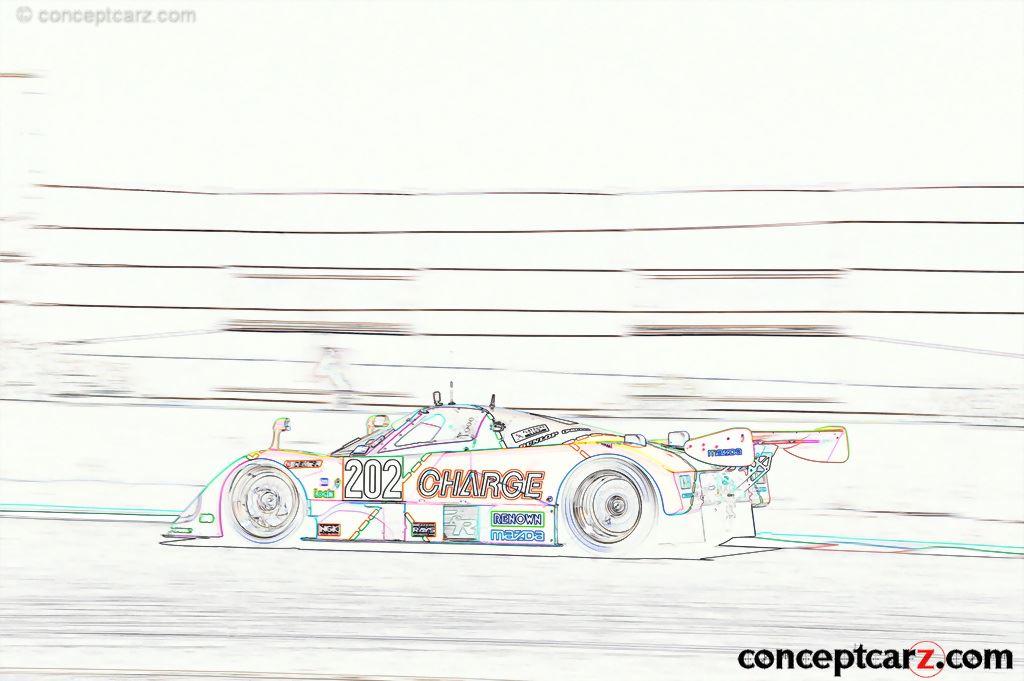
Coupe
Chassis #: 767B-002
View info and history
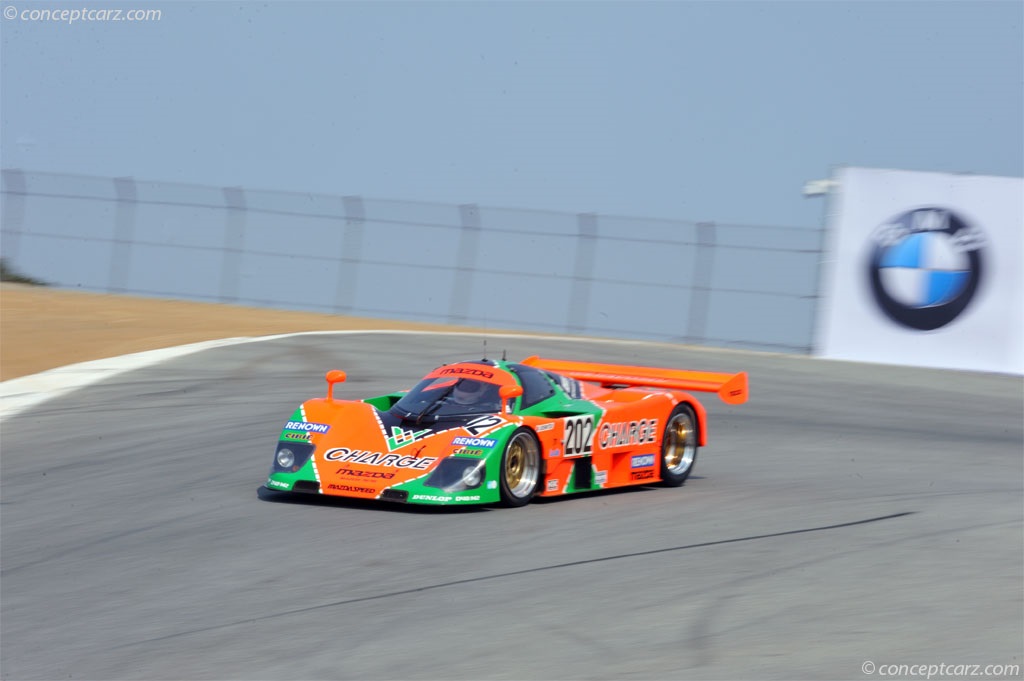
Coupe
Chassis #: 767B-002
View info and history
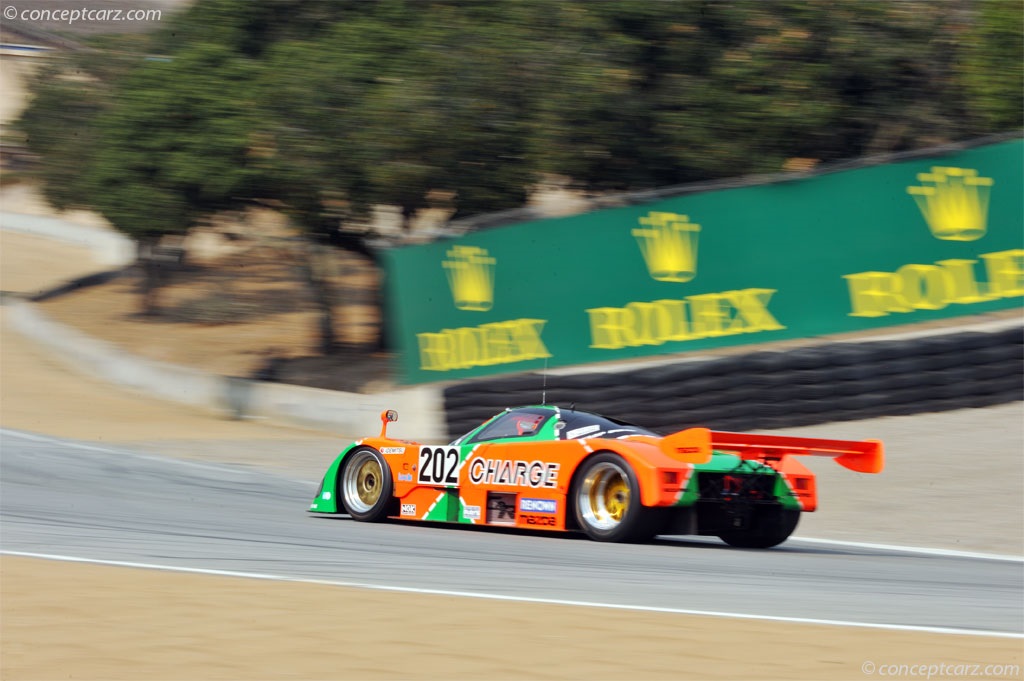
Coupe
Chassis #: 767B-002
View info and history
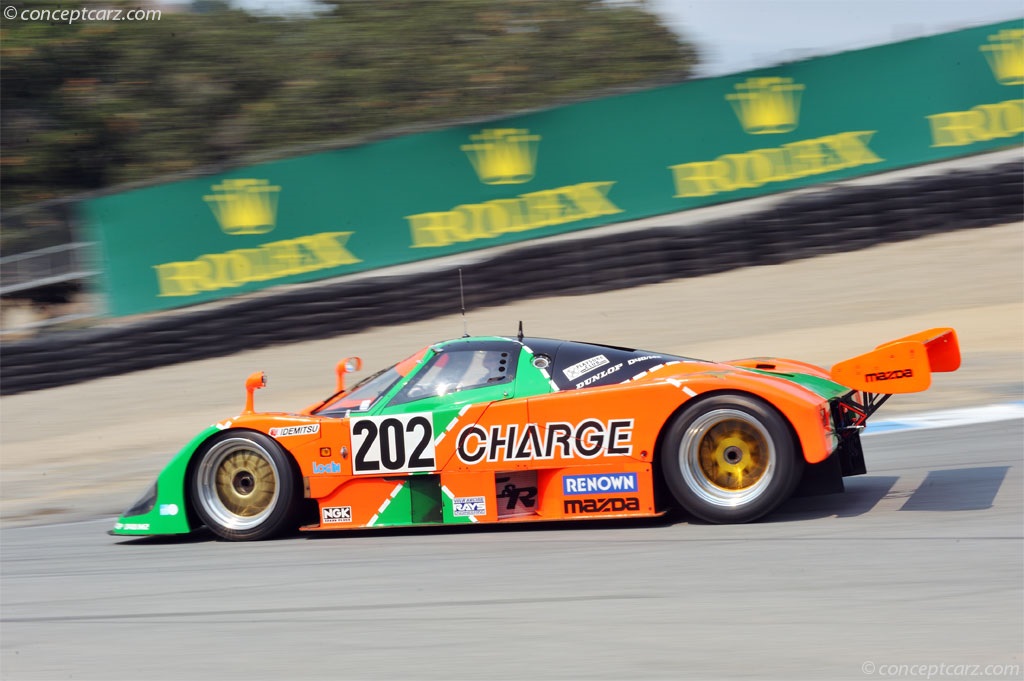
Coupe
Chassis #: 767B-002
View info and history
by Daniel Vaughan | May 2017
Group C VehiclesIMSA GTP VehiclesAdditional Sales Volume Data
Mazda Monthly Sales Volume
March 2024
37,119
February 2024
32,705
January 2024
30,279
December 2023
39,518
November 2023
27,715
October 2023
23,504
September 2023
28,031
August 2023
30,174
June 2023
29,786
May 2023
33,262
April 2023
32,351
March 2023
34,778
1989 Mazda 767B Vehicle Profiles
Recent Vehicle Additions
Related Automotive News

1991 race winning Mazda 787B to take part in 24 Hours of Le Mans Centenary demonstration
The 1991 Le Mans winning Mazda 787B will be demonstrated at the Centenary 24 Hours of Le Mans*.
With other winning cars, the 787B will be displayed at the Le Mans Museum from 1st June to 2nd July.
At the 59th 24 Hours of Le Mans Mazda become the f...

2021 marks the 30th Anniversary of Mazda's famous win at the 1991 Le Mans 24 Hours
Anniversary of the Mazda of Johnny Herbert, Volker Weidler and Bertrand Gachot winning Le Mans.
The composite chassis Mazda 787B was powered by a raucous 700bhp R26B four-rotor engine.
Victory in 1991 made Mazda the first Japanese manufacturer to...

Competition at the Amelia Island Concours
Competition has always been a part of the Amelia Island Concours dElegance. The core group of classes includes four Race Car groups (Prewar, 1946-57, 1958-66, 1967-83). Additionally, there are four classes reserved for Sports Cars. For those seeking...

MAZDA RACEWAY TO WELCOME LONG-LOST MAZDA RACER
- Using history to inspire the future, Mazda returns iconic 767B racecar to the track -
IRVINE, Calif. (August 9, 2016) – Earlier this year Mazda celebrated the 25th anniversary of its 1991 Le Mans win in the iconic green and orange Mazda...
RACE FOR HUNTINGTON'S DISEASE RESEARCH BACKED BY AC/DC'S BRIAN JOHNSON AND CHAMPION DRIVERS AT SEBRING
SEBRING, Fla. (Oct. 11, 2013) - Seven champion race-car drivers and one rock star racer will compete in a Porsche 935 JLP HD1 on Dec. 8, 2013, in Sebring, Fla., to help raise funds and awareness for Huntingtons Disease (HD). The 4-hour endurance...























